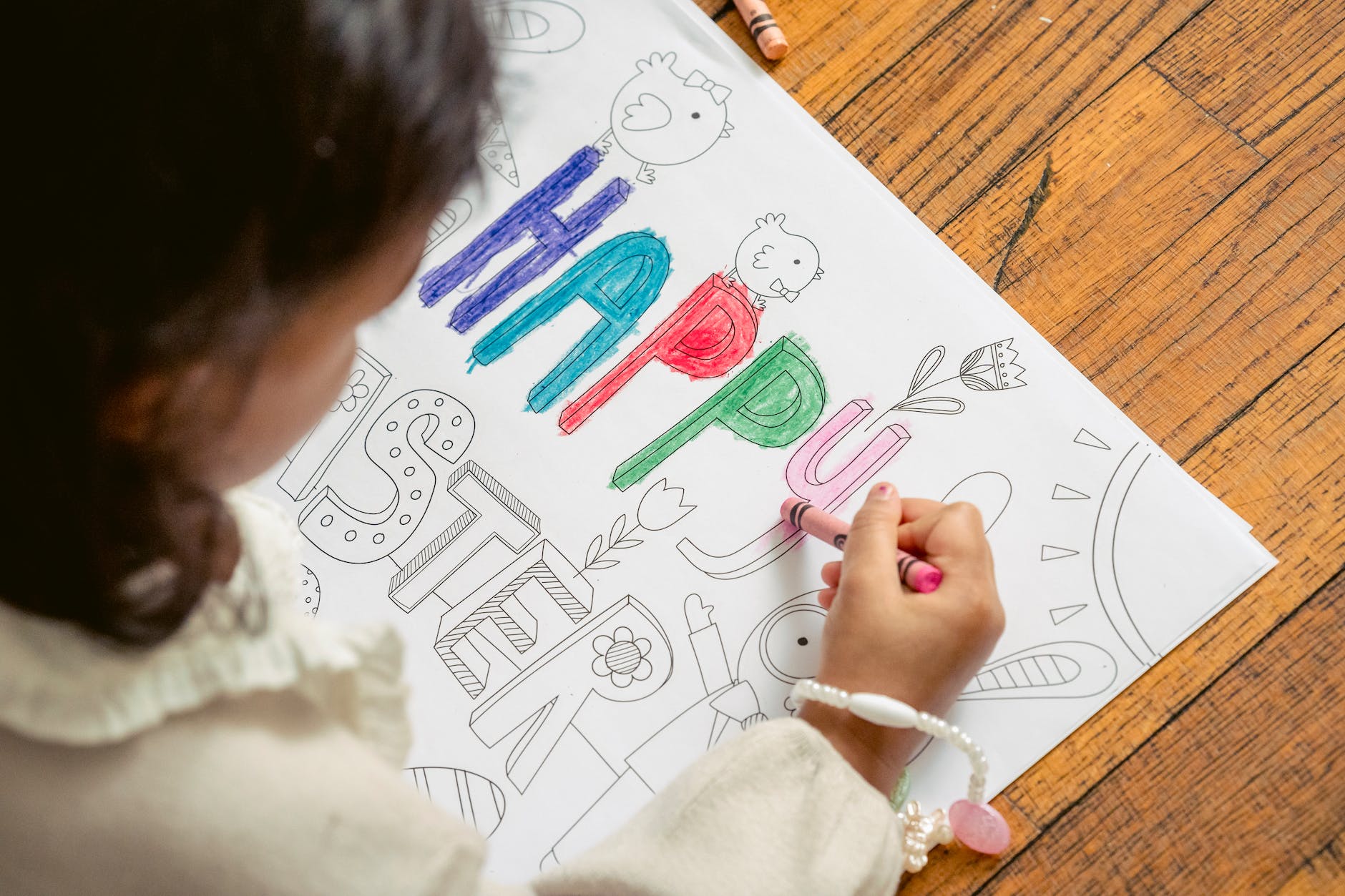Four years ago at the Words by the Water literary festival in Keswick I had the pleasure of attending a talk by Michael Rosen. In the discussion I raised the question of the relationship between authors and illustrators. Michael made it very clear that it was very much a partnership, that children read the whole page, the words and pictures together. It was not the case that the pictures were added on to illustrate the story. They were the story. And so were the words.
This is obvious with a writer like Maurice Sendak who wrote the words and drew the pictures.

It is not so obvious with some of the earlier works of children’s literature. The writing of authors like Lear and Carroll has acquired classic status. The illustrations, while recognised as classics in their own right/write/draw(?) are not seen as integral to the text. While few would dare to take liberties with the sacred text, every generation feels free to interpret that text with fresh illustrations, or even no illustrations at all, as in a recent edition of Dickens’ Christmas Carol.
This harks back to a time when the author’s words were paramount. The pictures were added later, and the illustrator had a subordinate role. They were not picture books in the modern sense. Not anymore. Michael Rosen and Helen Oxenbury have spoken about their iconic reworking of the story, We’re Going on a Bear Hunt. It is based on a folk song. Serendipitously Michael was working on turning it into a book after Helen had illustrated the cover for a recording. This was in the olden days when songs were not downloads but pieces of vinyl that came in a packet with a picture on the front. So, Michael’s publisher asked Helen to illustrate the book.
I have read this book, chanted it, acted it out with groups of children, built stage sets for it and can testify to the power and musicality of Michael’s words. But I never really appreciated the narrative power of Helen’s illustrations until I read Michael’s eloquent tribute.
The book came out, and it caused a massive stir, and I had to listen to people to hear why. What brilliant, clever Helen and the editors “got” and had created is that special thing that pictures books can do – which is to narrate different stories in print and in pictures. The family saga isn’t in the words. The words were designed for a kind of play-song that you act out as you sing it. The book is an insight into a drama being faced by what is actually quite a vulnerable group: five children, a baby and a dog. Are the black-and-white pages “reality”, and the colour only what is in their imaginations? The end paper shows a bear who is humanoid. He/she is clearly not very happy. Is that because he/she wanted to play? When the family dash home and all pile into bed, are they really regretful? Or was it all a family game? This all comes from Helen’s imagination: it’s nothing whatsoever to do with me. I enjoy and admire the book almost as an outsider.
https://www.theguardian.com/books/2012/nov/05/how-we-made-bear-hunt

Primary school teachers have always understood this. At story time they know that it is not enough to read to children. They need to see the pictures as well. I used to read a page, then turn the book to show my class the pictures on the page. It did not seem right. We tried photocopying books on A3 paper and using a flip chart. Then we invested in big books that were A1 which I could present on an easel. By the time I retired we had smart board technology, and I could read, book in hand, while the pages were simultaneously presented on a large screen.
Nowadays I write for children and would like to illustrate my work. I have the pictures in my head when I write my stories. But I would love to team up with an illustrator and see the stories through their eyes.
Old fogey that I am, I am only just becoming acquainted with graphic novels for adults. I have read graphic versions of Proust and Tressell where my familiarity with the text led me to look at the illustrations as attempts to make up for the missing words. In some works that began as graphic novels, it seems that the words are added to enhance or act as a counterpoint to the graphic storytelling. And then there is Maus, where I cannot imagine how this story could have been told without the complete integration of words and drawings. More than integration, each is indispensable to the other.
